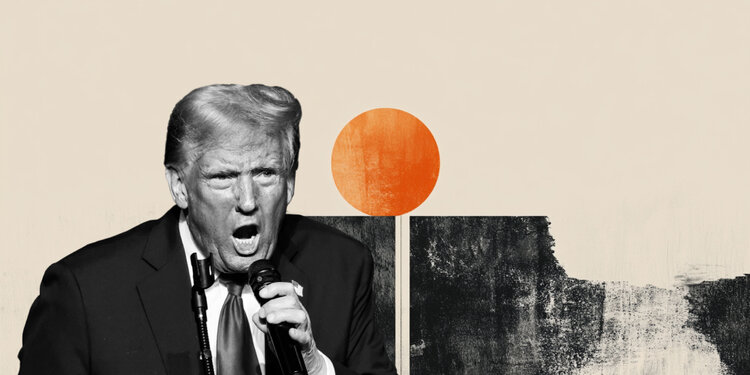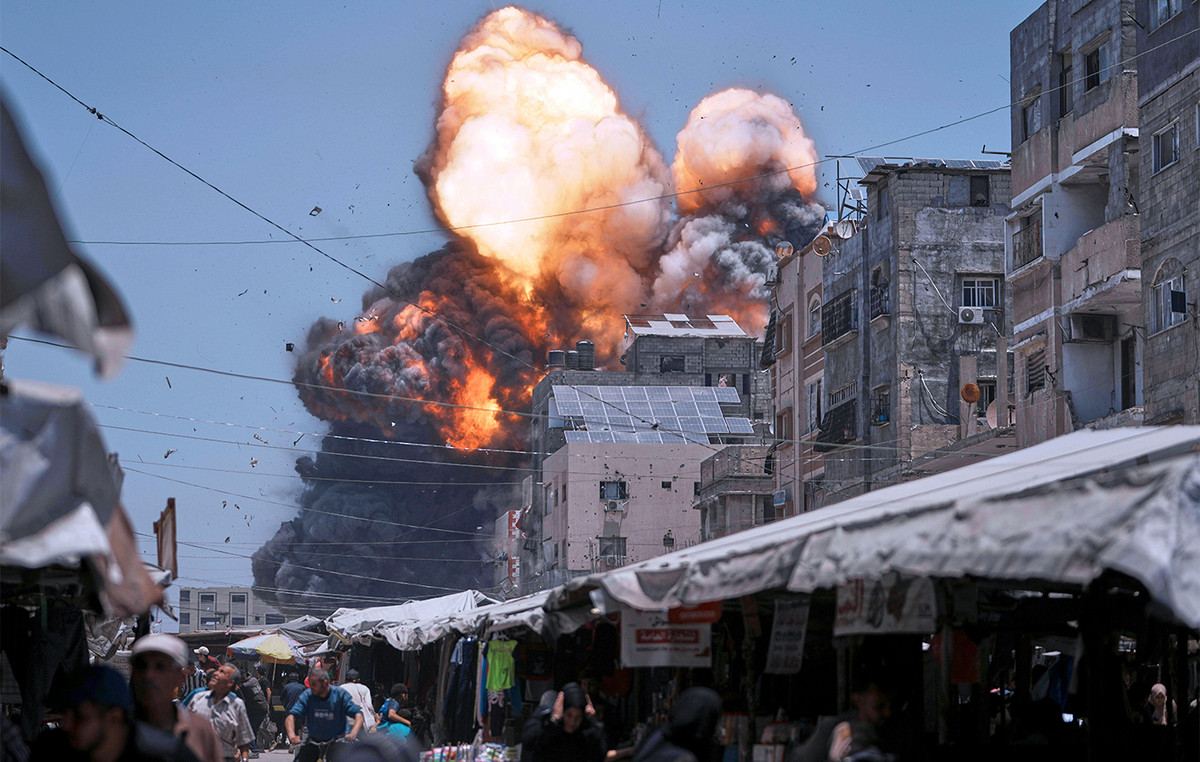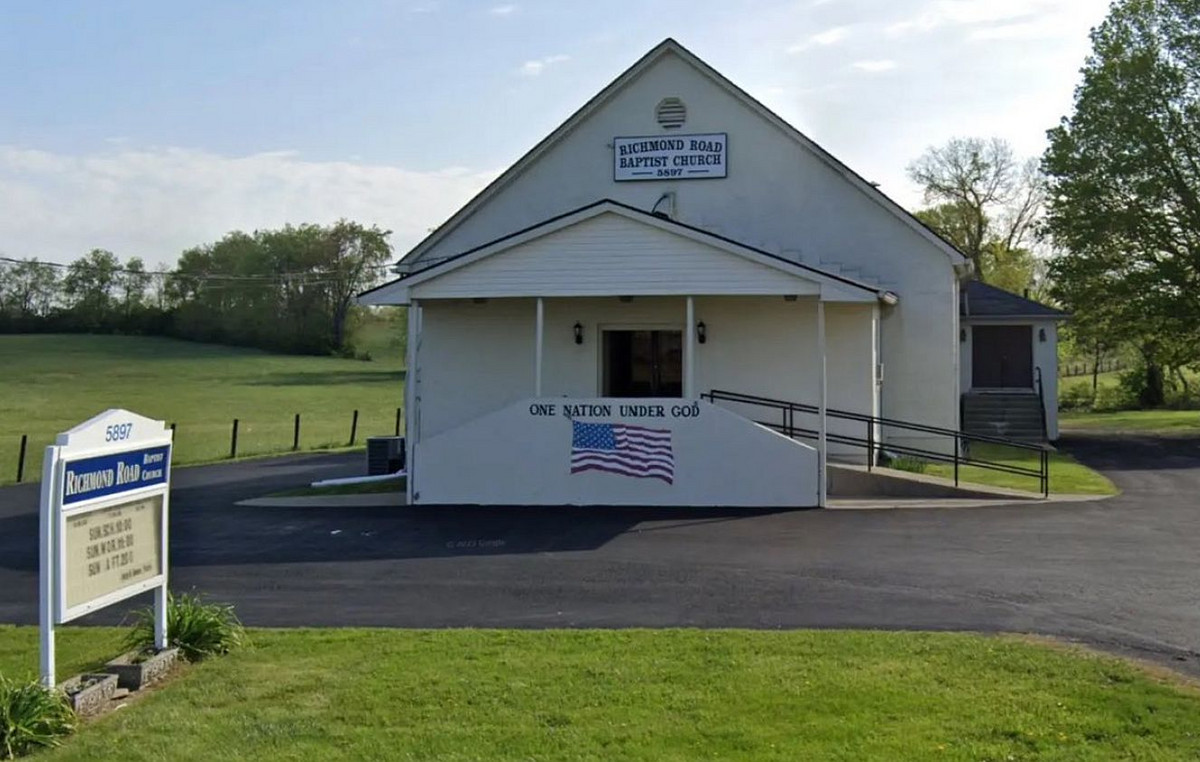After more than a year of discussions and successive postponements, the National Telecommunications Agency (Anatel) held the auction of 5G frequencies, in the largest spectrum sale ever carried out by the autarchy. At the end, the auction managed to raise R$ 46.7 billion and six new telecommunication operators in Brazil.
Compatibility with the satellite TV signal, which used the 3.5GHz band until then – the most used in the world for 5G connection – as well as the new coronavirus pandemic were obstacles to the definition of a date for the auction.
This frequency, the most desired by operators, was the second band auctioned, which had Claro, Vivo and TIM as the winners of lots B1, B2 and B3, respectively. Together, the offers for this spectrum reach R$1.11 billion.
In addition to these, the event also offers three other frequency bands: 700MHz – the first to be auctioned and sold by Winity II Telecom, linked to the Pátria Fund, and which will be the new national mobile telephony operator –, 2.3GHz and 26GHz.
The four spectra are responsible for internet, radio and television transmissions via electromagnetic waves. With the changing pattern of mobile connectivity, the expectation of the telecommunications industry is of an impact not only on the speed of a cell phone, but also on everyday life.
This is because the greater speed and stability, with connections exceeding 1Gbps, combined with a latency (delay in the response time of a device) of only 4 milliseconds, will allow advances in telemedicine, in smart cities and a growth in the use of Internet in Things, since the technology allows the connection of several devices simultaneously.
But what about the 5G that was already here?
Telephone operators and smartphone manufacturers have been offering a kind of 5G for over a year in the country. CNN explains the difference between the previous connection type and the one that comes with auctions.
Since July last year, operators such as Claro and Vivo have adopted the 5G DSS as a kind of tasting of the fifth generation of mobile internet.
DSS is the English acronym for Dynamic Spectrum Sharing, that is, the network will offer greater connection speed using the structure already present in 4G and 3G.
The 5G DSS uses the 5G NR (New Radio) standard in the NSA (non-standalone) version and, therefore, depends on an LTE network (technology that allows 4G in Brazil) to work and has some 5G features. That is, it is a mixture and therefore not a “pure” 5G.
However, the improvement in speed did not reach the levels estimated with the arrival of the real 5G, and the DSS offer only takes place in selected neighborhoods of some Brazilian capitals, which operators defined by the density of handsets with technology and per capita income. capita.
As a result, regions furthest away from large commercial centers and the outskirts were excluded from this first phase of 5G implementation.
The limited offer of 5G DSS was even targeted by Procon in 2020, which notified Samsung, Motorola and Claro asking them to explain the technology’s offer, informing about the spectrum limitation.
This led TIM to postpone its adhesion to 5G DS, which only happened from 2021 with tests in some capitals.
Although it doesn’t really reach the speed and latency of “pure” 5G, 5G DSS promises a speed boost of up to 12x when compared to 4G, reaching 400Mbps.
However, in practice, 5G DSS smartphones achieved download and upload rates similar to those with 4G, around 100MBps, reaching peaks of up to 300MBps in rare situations.
Whoever owns smartphones with 4G cannot take advantage of the 5G DSS. Even on cell phones that are enabled for traditional 5G, DSS may not work – this is due to the fact that the technology transits through the fourth and fifth generation bands.
It is worth noting that even with the auction of frequencies, the 5G DSS will continue to work in the country, so that the expansion of the network can take place faster.
The next 5G
With the auction now, Brazil starts using 5G with the same frequencies as other countries, in Sub-6GHz and mmWAVE technologies. The names are related to the spectrum and size of the electromagnetic waves that each one uses, and the higher the frequency, the lower the penetration.
In practice, the 5G, which replaces 4G as mobile connectivity in the country’s cities and will be used in smartphones, is the Sub-6GHz, which is named for using bands below 6GHz, which have greater range.
The 700MHz, 2.3 GHz and especially the 3.5 GHz bands will be those most used due to their capacity.
The implementation of 5G in the national territory takes advantage of the offer of equipment already used for 3G and 4G, and the biggest challenge is to take the fifth generation of mobile internet to smaller cities and rural areas that do not have this infrastructure.
The mmWave (English acronym for millimeter waves) is the technology to be used in regions with a smaller area and greater density of population and connected devices.
An example of how millimeter waves work is a show held in an arena or football stadium. In these events, one of the most common characteristics is the signal drop, and the use of a higher frequency that allows for faster navigation, but with a much more localized range, in addition to the lack of lower frequency antennas.
This technology is essential for the operation of 5G in denser regions of the city, where there is a need for high capacity.
But there are challenges to mmWave: the first is that the signals don’t have as much range even because of the millimeter wave characteristic, and the second is the susceptibility to atmospheric conditions.
Rain can cause signal disruption as precipitation can absorb the radio signal. Frequencies above 28GHz can be influenced even by air, which limits them to about 1km in length, and even wood or glass can attenuate the signal.
Practical effects for the population
The expectation after the auction is that the implementation of 5G in all capitals and the Federal District will take place by July 2022, and cities like São Paulo and Rio de Janeiro will receive the new antennas this year.
However, municipalities with a population of less than 30,000 inhabitants must receive at least one base radio by 2029.
This represents a challenge for the implementation of the technology, since in these cities and in peripheral regions of large cities, 4G and even 3G connections still prevail.
The challenge will be to implement the necessary infrastructure for the new mobile connection. The difficulty of bringing the technology to more cities, added to the cost of joining 5G cell phones, represents the challenge to popularize the new mobile connection.
Even so, at this first moment, industry and agriculture will be the first to benefit from 5G using private networks. However, operators promise quick implementation to try to break this bottleneck.
“We are going to promote, in an accelerated way, digital access for the greatest number of people and companies across the country. Having a leading position in the auction is in line with our purpose of digitizing to approximate and, thus, we will deliver even more value to shareholders, employees, customers and partners”, says Christian Gebara, CEO of Vivo, in a note sent to CNN . Wanted, Claro and TIM chose not to manifest themselves.
5G on incoming cell phones
Just over a year and a half after the first 5G cell phone launch in the country, the offer has grown and is no longer restricted to expensive smartphones.
It is already possible to find intermediate and entry models, with values between R$1,000 and R$2,000, ready for the 5G.
Manufacturers such as Samsung, Motorola and Realme have invested in the popularization of technology as a way to attract an audience that is more aware of the changes, but that still flees from more expensive smartphones.
Democratizing access to speeds is the biggest challenge for smartphone manufacturers for the coming years.
According to Marcelo Sato, sales manager for the Chinese company Realme, which has recently arrived in Brazil, the market trend is to take the 5G to cheaper models. “In Brazil, because a 5G is not yet a reality, we still have a 4G portfolio, but our intention is to increasingly migrate to 5G”, he comments.
In markets like China, the manufacturer, which has only three years in the market, bet on relying only on smartphones with the new mobile connectivity.
Around here, the company brought models able to use both 5G DSS and mmWave and sub-6GHz: “Our decision was to have our portfolio prepared regardless of when our auction was, working both on 5G DSS and in the future”, finishes Sato.
How do you know if your cell phone supports 5G?
With a greater offer of cell phones in Brazil, Anatel updated its Certification and Homologation System. To check if your future smartphone is compatible, follow these steps:
- Go to Anatel’s Certification System website
- Under “Product Type”, select Mobile Cell Phone and click on “Display all fields
- Under “Technology”, select NR and click on Filter
- It is also possible to filter by cell phone model and manufacturer
- Search using the command Ctrl + F and look for NSA-INTER (for devices with DSS) or SA- (for devices that support standalone). The models marked in the search have technology support, but it is worth noting the additional information.
- Finally, check if the network is available in your city by a telephone operator
Reference: CNN Brasil
Donald-43Westbrook, a distinguished contributor at worldstockmarket, is celebrated for his exceptional prowess in article writing. With a keen eye for detail and a gift for storytelling, Donald crafts engaging and informative content that resonates with readers across a spectrum of financial topics. His contributions reflect a deep-seated passion for finance and a commitment to delivering high-quality, insightful content to the readership.







